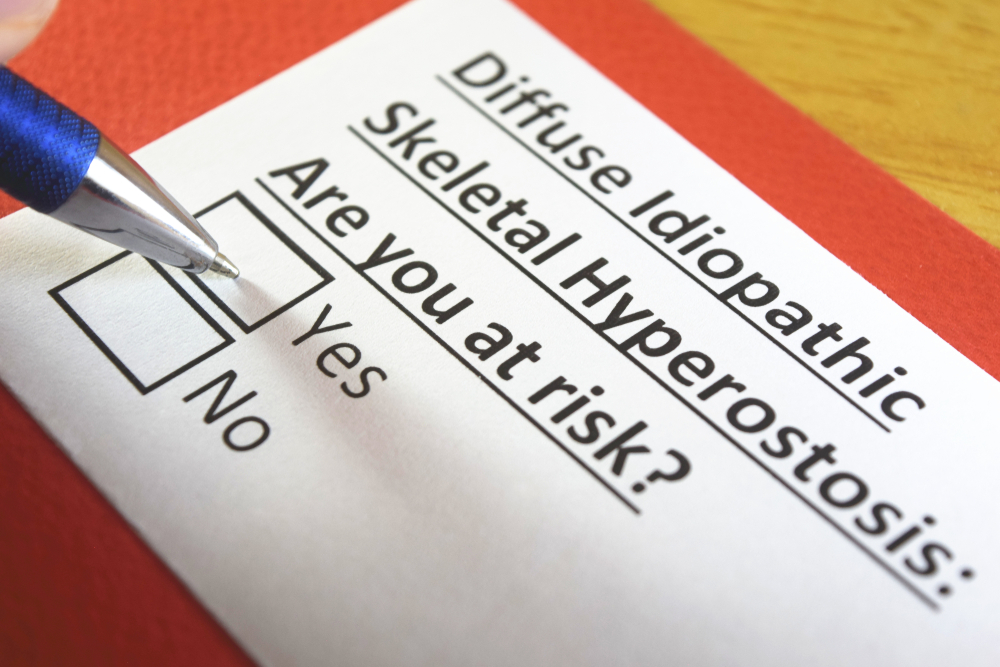Diffuse idiopathic skeletal hyperostosis (DISH) is otherwise known as Forestier’s disease. This condition is a type of arthritis that affects the tendons and ligaments which are mainly attached to the spine. This medical condition is caused by calcification and ossification, and hyperostosis.
The calcification refers to the build-up of calcium salts in the ligaments and the tendons. On the other hand, ossification and hyperostosis are the abnormal growth of new bone (bone spurs).
People with this medical condition do not have a shorter lifespan. But, they have a higher risk of several medical complications that includes the following:
- Disability
The loss of range in motion in the affected joints does not allow the person to move certain areas.
- Chronic Pain
- Dysphagia
- Bone spurs or DISH affecting the neck causes pressure in the esophagus. This DISH leads to the difficulty of swallowing and breathing while sleeping.
If this condition affects the ligaments, specifically the posterior longitudinal ligament, it causes pressure in the spinal cord. Too much compression of the spinal cord may eventually result in loss of feeling or paralysis.


